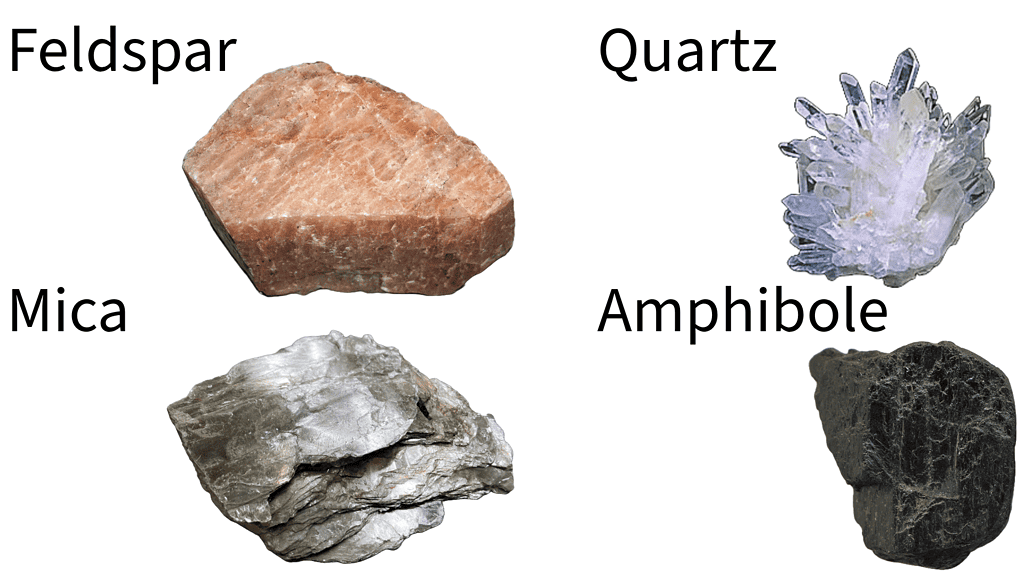
Minerals are the fundamental natural substances that make up our planet. Think of them as the Legos that make up the foundation of everything you see around you. Minerals have a crystalline structure and are classified based on their chemical composition and physical properties. Broadly, minerals are categorized into several types, including native elements, sulfides, oxides, halides, carbonates, sulfates, phosphates, and silicates. Each type has its unique characteristics and significance.
But silicate minerals are by far the most abundant and diverse group.
Made of silicon and oxygen, silicate minerals form the bulk of the Earth’s crust. From the quartz in our watches to the clay in our pottery, silicates are everywhere.
Silicate minerals: The Core of Earth’s Crust
Silicate minerals form the largest and most important class of rock-forming minerals, constituting about 90% of the Earth’s crust. It makes sense as these minerals are composed of silicon and oxygen, the two most abundant elements in the Earth’s crust.
The basic building block of these minerals is the silica tetrahedron, a pyramid-like structure consisting of four oxygen atoms surrounding a single silicon atom.
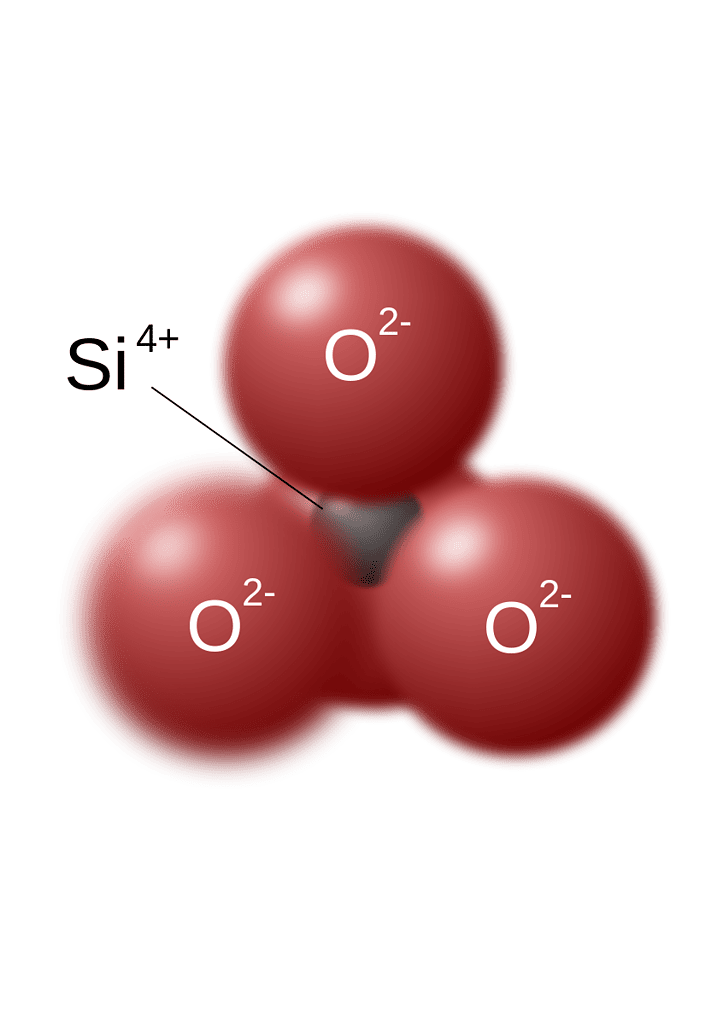
This simple yet versatile structure is what makes silicate minerals incredibly diverse. The silica tetrahedra can link together in various ways – from isolated structures to complex frameworks. This variability leads to a wide range of silicate minerals, each with unique properties and structures.

For instance, when tetrahedra (basically pyramids) link to form a three-dimensional framework, it creates minerals like quartz, known for its hardness and resistance to weathering. Alternatively, when they link in sheets, minerals like mica are formed, which are known for their flaky appearance and excellent cleavage.
The structure of silicate minerals is key to comprehending their properties and the roles they play in both natural processes and human applications.
The types of silicate minerals
The diversity of silicate minerals is immense, given the many different structures formed by the bonding of silica tetrahedra. These structures are not just fascinating from a geological perspective but also determine the physical and chemical properties of the minerals. Let’s explore some of the primary types of silicate minerals:

- Framework Silicates: These minerals, like quartz and feldspar, have a three-dimensional network of silica tetrahedra. They are known for their hardness and resistance to weathering, making them common components of continental crust.
- Sheet Silicates: Also known as phyllosilicates, these include minerals like mica and clay. Their structure is characterized by layers of tetrahedra connected into sheets. This unique arrangement imparts a flaky texture and perfect cleavage, allowing them to be split into thin sheets.
- Chain Silicates: In these minerals, tetrahedra link into single or double chains. Examples include pyroxenes and amphiboles, commonly found in igneous and metamorphic rocks.
- Ring Silicates: These are formed by tetrahedra connecting in circular patterns, creating ring structures. Minerals like beryl and tourmaline fall into this category, often prized as gemstones for their beauty and rarity.
- Orthosilicates: Also known as nesosilicates, these minerals have isolated tetrahedra. Examples include olivine and garnet, widely recognized for their role in the upper mantle and metamorphic processes.
Each type of silicate mineral has specific applications. For instance, framework silicates are crucial in making glass and ceramics, while sheet silicates are used in everything from cosmetics to paint. Chain silicates, with their high melting points, are essential in refractory materials, and ring silicates find their place in the jewelry industry due to their aesthetic appeal.
There are several other ways of classifying silicate minerals because they are so diverse but we won’t go into them here.
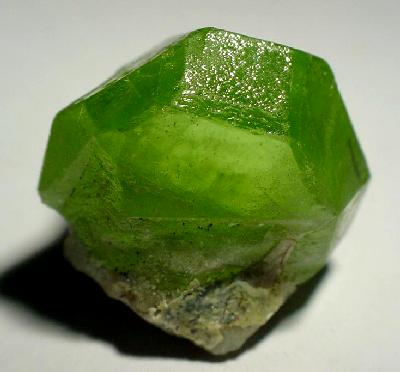
Diverse formation and geographical distribution
Silicate minerals are formed through a variety of geological processes that take place over millions of years. Their formation and distribution tell a story of Earth’s dynamic history and the forces that shape its landscapes.
- Formation Processes:
- Igneous Processes: Many silicate minerals crystallize from magma. As magma cools, either below the surface as intrusive rocks or on the surface as extrusive rocks, different silicates form based on the temperature, pressure, and composition of the magma. For example, olivine and pyroxene are typically formed in high-temperature environments.
- Metamorphic Processes: Existing minerals can transform into new silicates under the influence of high pressure and temperature, characteristic of metamorphic environments. For instance, clay minerals can metamorphose into mica under such conditions.
- Sedimentary Processes: Silicates also form through sedimentary processes, either from the weathering and erosion of pre-existing rocks or through chemical precipitation. Clay minerals are a common result of these processes.
- Geographical Distribution:
- Silicate minerals are not evenly distributed across the globe. You can find some silicate minerals in most places on Earth, but in different quantities — and different types of minerals. For instance, quartz-rich sandstones are common in regions that were once beaches or deserts, while olivine is often found in places with past volcanic activity.
- Certain locations are famous for their unique silicate deposits. The rich green olivine beaches of Hawaii, the vast quartz sand deserts of the Sahara, and the abundant mica mines in India are just a few examples.
The distribution of silicate minerals is a map of our planet’s geological processes. By studying where these minerals are found, scientists gain insights into the Earth’s past environments and the natural forces that shaped them.
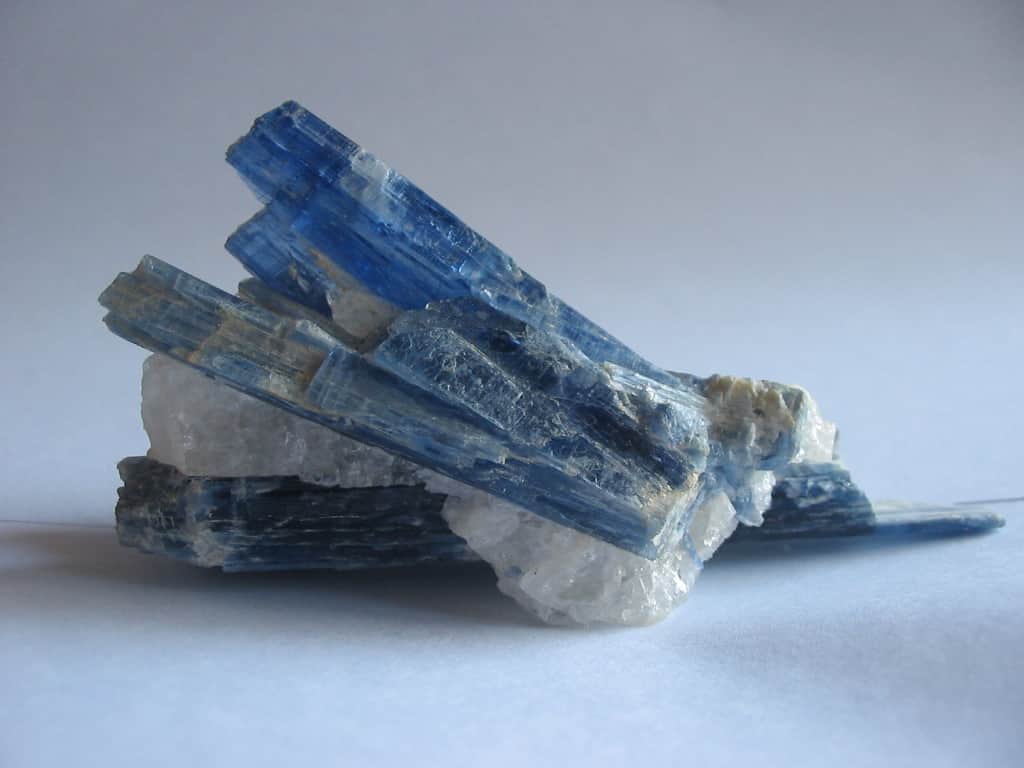
The properties of silicates
Silicate minerals, with their varied structures, exhibit a wide range of physical and chemical properties. These properties not only define their appearance and feel but also guide geologists and enthusiasts in identifying and classifying them.
- Physical Properties:
- Color: Silicate minerals come in an array of colors. While quartz can be clear or milky, minerals like amethyst (a variety of quartz) display vibrant hues. The presence of trace elements often contributes to these colors.
- Hardness: Measured on the Mohs scale, the hardness of silicate minerals varies significantly. For example, quartz ranks at 7, making it relatively hard, while talc, another silicate, is the softest with a ranking of 1.
- Cleavage and Fracture: The way a mineral breaks is crucial for identification. Micas, with sheet structures, have excellent cleavage and split into thin, flat sheets, while quartz, with a framework structure, fractures conchoidally.
- Chemical Properties:
- Silicates’ chemical properties are influenced by their structural composition. Minerals like feldspars react to hydrochloric acid, indicating the presence of calcium or sodium in their structure.
- Resistance to weathering varies among silicates. Minerals like quartz are highly resistant, while others like olivine weather more easily.
How to identify silicate minerals
There’s no straightforward way to see wheather a mineral is a silicate or not. The best way to go about it is to analyze a rock and try to see what minerals it contains and then consider its chemistry.
Rocks contain one or more minerals. When collecting a rock, look at the general context. What type of chemistry do the rocks around it have? Can you tell anything about that?
Then, try to identify the rock and its mineral constituents. Look at the properties above and compare them with a list of properties for your suspected minerals.
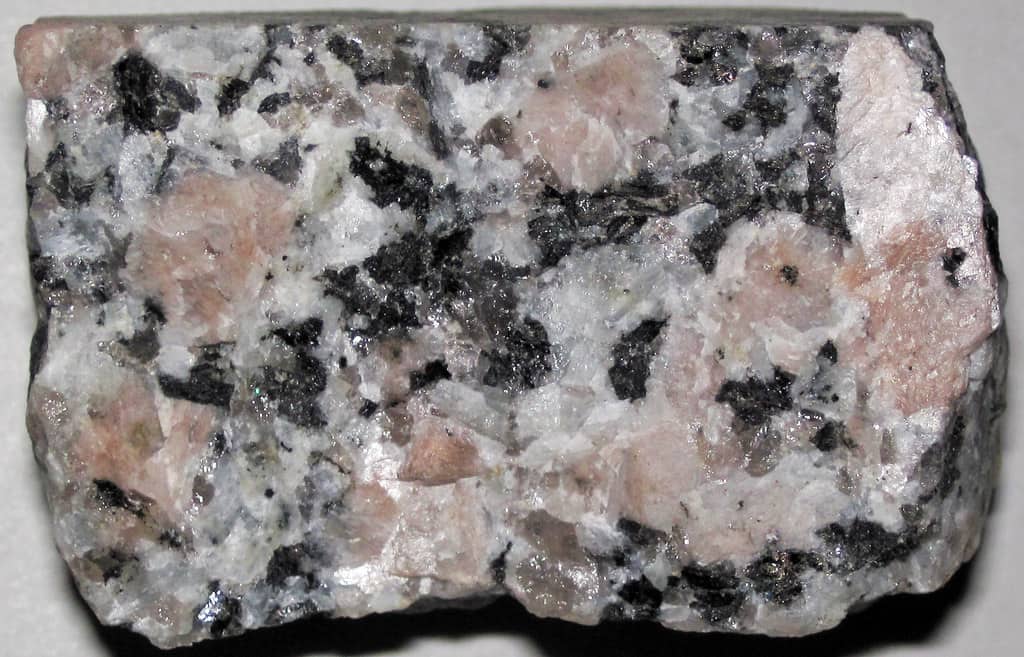
Silicates’ importance in geology (and beyond)
Silicate minerals play an active role in shaping our planet’s geology and ecosystems. Their influence extends from the depths of the Earth to the surface environments we inhabit.
- Contributions to Soil and Plant Life:
- Many silicates, when weathered, contribute essential nutrients to the soil. Potassium, found in feldspar, is a vital nutrient for plant growth. Similarly, weathered mica releases nutrients like iron and magnesium, which are crucial for various biological processes.
- The physical properties of silicates, like the water retention ability of clay minerals, significantly influence soil structure and fertility.
- Impact on Geological Processes:
- Silicates are central to the rock cycle. For instance, the transformation of basalt to schist involves the alteration of silicate minerals under varying pressures and temperatures.
- They also play a role in plate tectonics. The presence of water in minerals like amphibole can lower the melting point of rocks, facilitating the movement of tectonic plates.
- Climate Regulation:
- The weathering of silicate minerals is a key process in the global carbon cycle. It helps regulate the Earth’s climate by removing carbon dioxide from the atmosphere over geological timescales.
Silicate minerals, thus, are not only foundational to Earth’s structure but are also pivotal in maintaining the balance and health of our planet’s ecosystems. Nothing — from the deeper geological processes of the Earth to our day-to-day lives — would be the same without silicate minerals.


